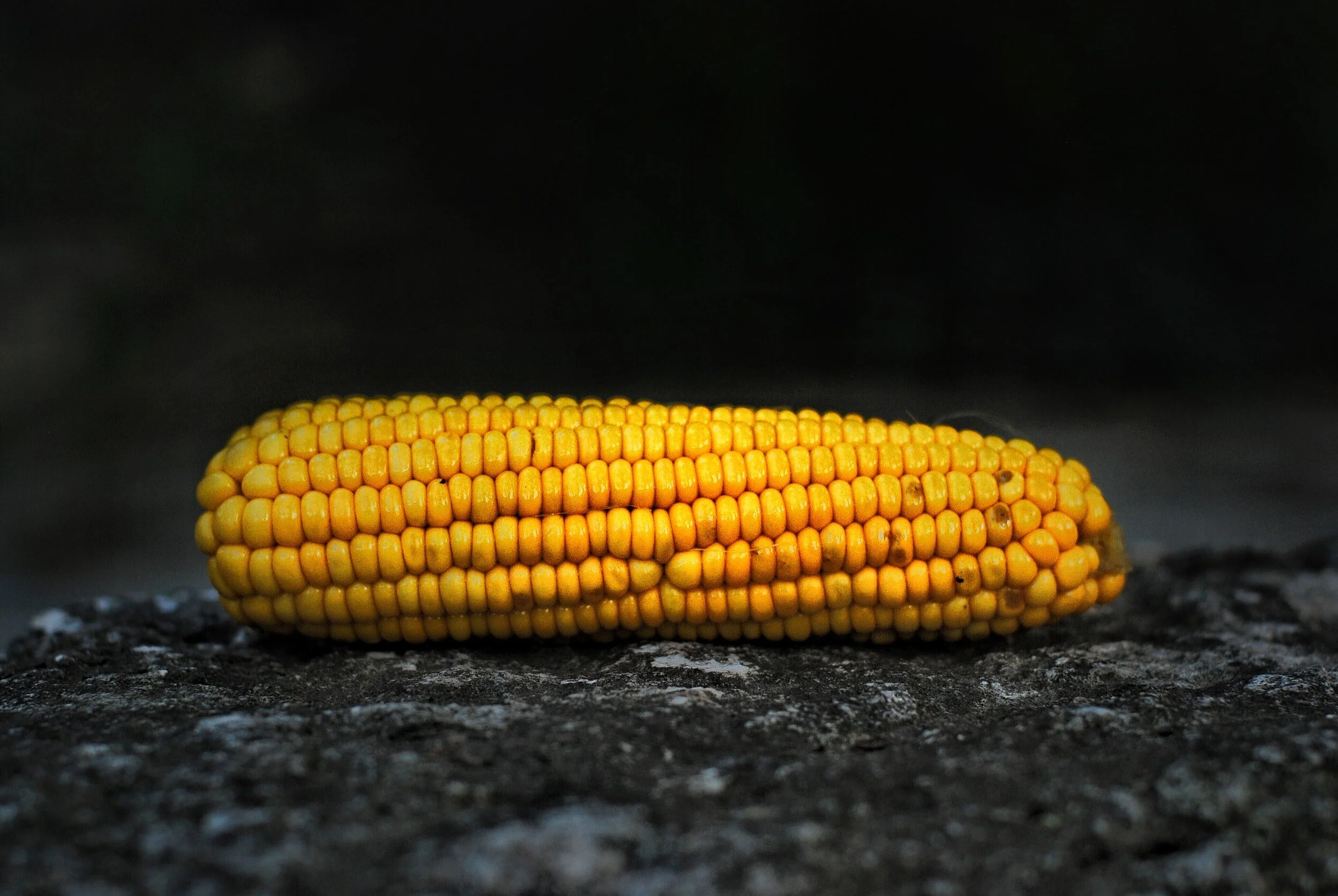By Ulf Bergman
The last fifteen months have been rather eventful for the grains and oilseeds markets, with the first twelve months of the period witnessing a rally of epic proportions. During that period prices for many agricultural commodities, such as soybeans and corn, gained in the region of a hundred per cent. The last three months have however seen very different markets, with volatility being the main theme and prices retreating somewhat. Like for many other commodity markets, the prices were driven higher by the strong Chinese demand amid the country’s rapid post-pandemic recovery. However, the weather gods have also exercised their influence on the markets. From what was initially seen as a bumper crop in development, the projections for the year’s harvest have moderated as extreme weather conditions have hit many growing areas. The uncertainty surrounding the eventual size of the harvest has supported the prices for many of the commodities in recent weeks.
Soybeans – US cent per bushel
Despite the negative impact of the weather in some parts of the world, the International Grain Council (IGC) is anticipating, as of the end of July, that the marketing year will deliver a record-breaking global crop of wheat and coarse grains at around 2.3 billion tonnes. This represents a four per cent increase on what was harvested last year, even though the most recent estimate was lowered by six million tonnes from the previous month’s estimates. The revision of the outlook was primarily a reflection of the current hot weather and drought in North America, which is negatively affecting the growing season. The IGC is also estimating that global consumption of grains will increase by three per cent, mainly driven by animal feeding. With the growth in consumption evenly matched with the rising output, global inventories are also expected to remain stable in the coming year.
The global production of soybeans in the 2021/22 marketing year is predicted by the IGC to increase by nineteen million tonnes to a record of 382 million tonnes, with the growth primarily linked to an increased acreage among the major producers. The consumption is seen gaining three per cent year-on-year and reaching a new record, but, with the output growth expected to be higher than the increase in consumption, stockpiles are expected to rise for the first time in three seasons. The US Department of Agriculture has also recently rated 60 per cent of the oilseed crop as good to excellent, which was an increase from the 58 per cent in the previous report. The upgrade beat the analysts’ expectations, with consensus suggested a continued deterioration of the quality of the harvest by one percentage point.
So far this year, 41 million tonnes of Brazilian grains and oilseeds have been discharged in Chinese ports. This has allowed Brazil to reclaim its traditional top spot among the exporters of agricultural commodities to China, at least temporarily. At the same time, US exports to China have dwindled during recent months, as inventories have been exhausted and the next harvest is still some weeks into the future. A considerable pick up in US grain shipments can be expected once the harvest gets underway, as Chinese purchases are still falling short of the levels implied by the Phase One trade deal. The Biden administration has also adopted, perhaps surprisingly, a hawkish stance on the trade with China and has publicly stated that it expects China to honour its commitments under the agreement. Hence, increasing Chinese imports of US grains can be expected during the latter part of the fourth quarter, as this will take into account the long voyage from US ports to China following the new harvest. The elevated import levels of US agricultural commodities can then be expected to carry on into the first quarter of next year.
Beyond the giants of the grains trade, Argentina is stating that the country is expecting a record harvest during the 2021/22 marketing year. Both wheat and corn are expected to produce record harvests, according to recent data from the US Department of Agriculture. Given the close political ties between the South American nation and China, a large portion of the additional volumes is likely to make the long voyage to Chinese ports. The wheat production is estimated to top twenty million tonnes, out of which two-thirds is destined for the export markets. The corn production is forecast to achieve a record of 51.5 million tonnes, with almost three-quarters slated for the export markets.
The Black Sea region is also expected to see increasing export shipments of agricultural commodities, which is primarily driven by the rising output in Russia. The authorities in the Krasnodar region in Southern Russia, which is one of the country's largest wheat producers and exporters, said recently that the territory had harvested a record grain crop of 12.4 million tonnes. Traditionally, the portion of the harvests in the Black Sea that went on exports headed for shores in the vicinity, such as Egypt and Spain. The North African nation has been the largest market for the region, accounting for fifteen per cent of export volumes since 2015. However, China’s extensive appetite for agricultural commodities as it rebuilt its hog herd saw it clinching the top spot last year, with eighteen per cent of the export market. So far this year, China has retained the top spot ahead of Egypt. However, a limited resurgence of the African swine flu and the high feed costs eating into the profits of the Chinese pork industry has reduced the demand for feedstock, which could affect future shipments from the Black Sea region to China. The increasing volumes shipped to more distant shores also saw the Panamax segment gaining market share in the grains trade out of the Black Sea, increasing to 38 per cent last year from just below 30 per cent previously.



